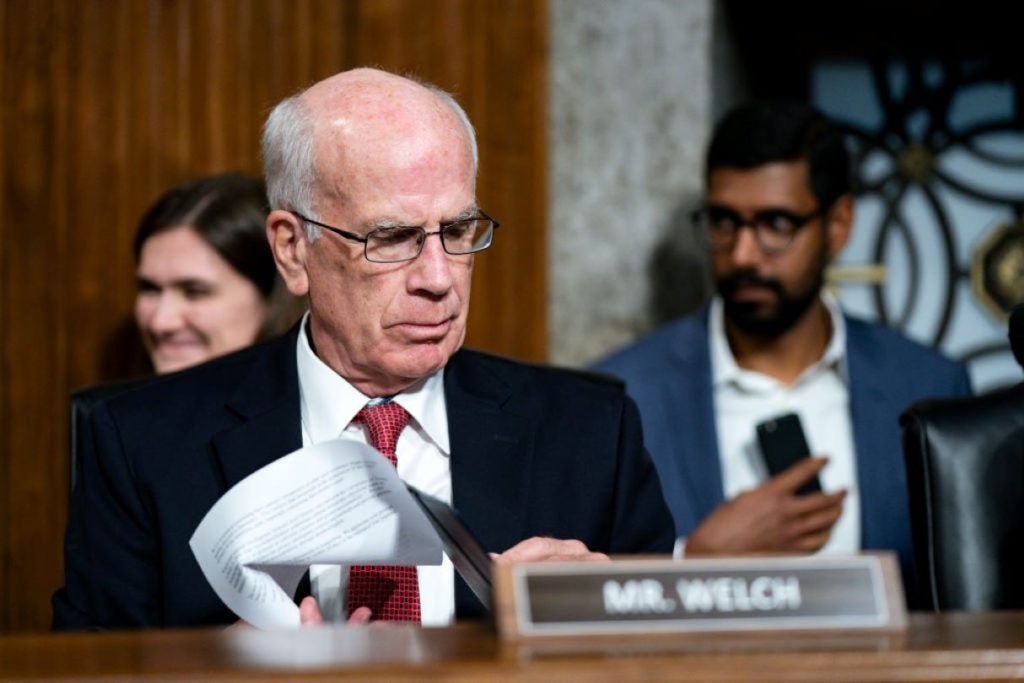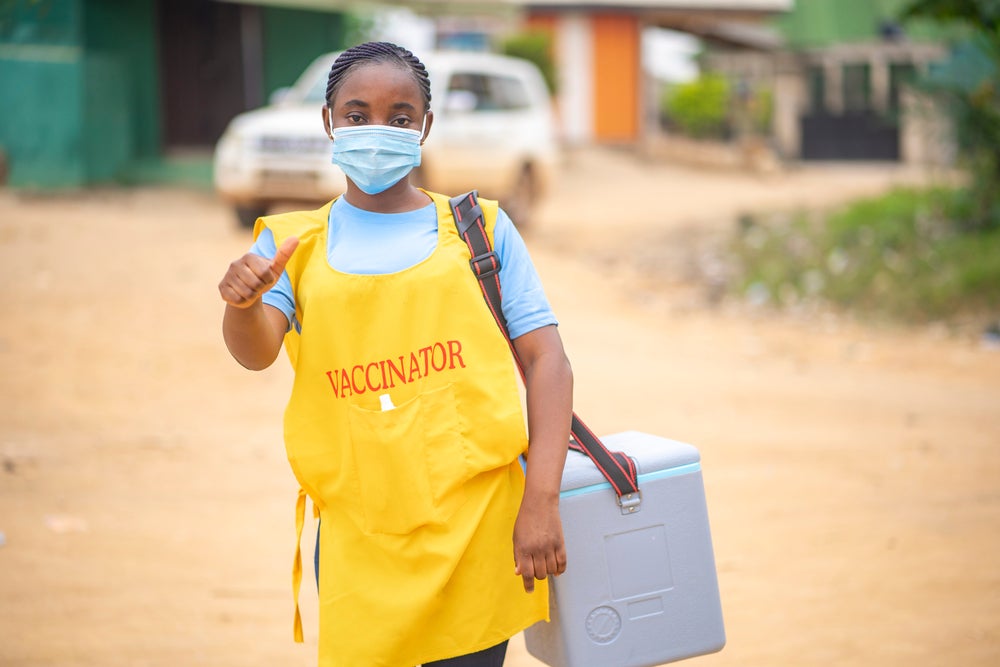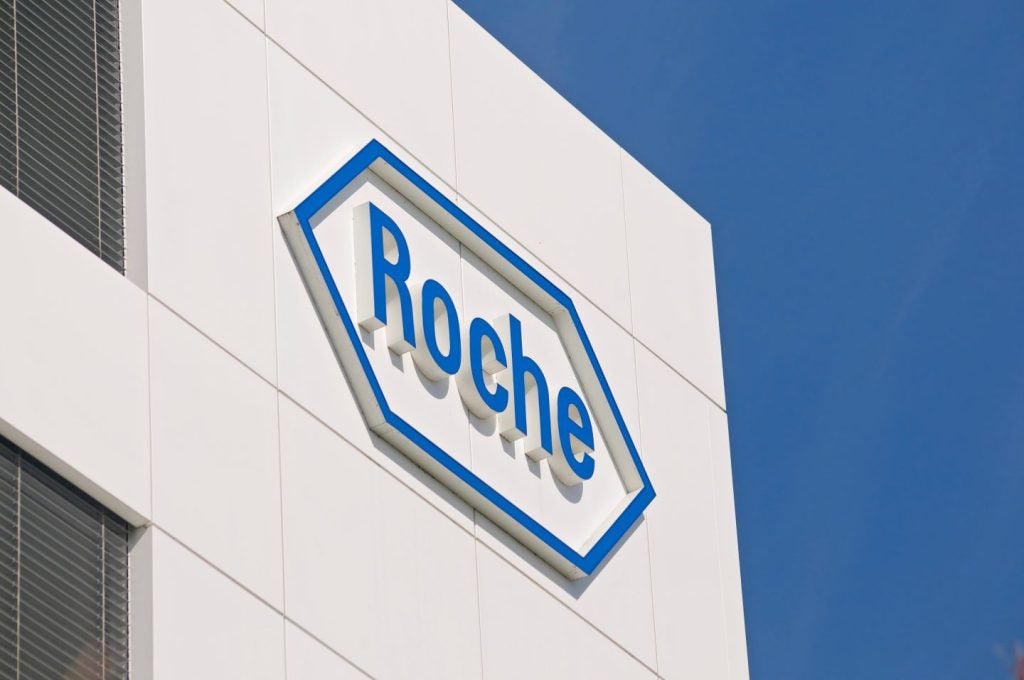A flesh-eating fungus; a blood-borne bacteria transmitted by horse flies; or perhaps a virus that’s more contagious than SARS-CoV-2? These and even more possibilities could present the next pathogenic threat to public health.
‘Disease X’ is the term the World Health Organization (WHO) coined for the next unknown infectious pathogen that could cause an epidemic or even a pandemic. The phrase 'Disease X' was introduced in 2018 to act as a placeholder alongside other priority diseases for research and development (R&D) initiatives. The aim was to create a robust framework for a swift public health response and encourage vaccine research, treatment rollout, and diagnostic test development to combat an unknown pathogen.
Despite this available framework, the response to the Covid-19 pandemic in 2020 was mired with several challenges. A recent UK Covid-19 inquiry report went so far as to say that government officials had been planning for the “wrong pandemic”, funnelling resources into influenza-based infections.
At the same time, the current mpox outbreak occurring in Africa has once again highlighted bottlenecks in vaccine supply and accentuated inequities that remain a major issue with treatment access.
In the constant shadow of an unknown pathogen’s silhouette, how do countries prepare and conduct vaccine development?
Vaccine mapping
While Disease X encompasses all pathogens, the scientific consensus is that the next pandemic will likely arise from a virus. This is because respiratory transmission is more efficient for pathogens to cause quicker outbreaks. One of the main frameworks being utilised to counteract viral pandemics is the prototype pathogen approach, which relies on the fact that viral families share functional and structural properties, meaning that vaccine efficacy will also be similar.
“The focus of many efforts underway, both domestically and globally, is to support preparedness against around 20 viral families. A virus from each of those families is identified to develop vaccines and therapeutics, [so] you can then adjust these technologies and products to another virus within the same family if they were to emerge,” says Dr Gary Disbrow, director of the US Biomedical Advanced Research and Development Authority (BARDA).
This means that in the event of the next pandemic, vaccine developers should be able to quickly pivot to the necessary pathogen.
“There are certain characteristics of pathogens that make them more conducive to being able to cause a pandemic, and these can be mapped onto the ‘known’ microbial world. You can work within viral families because, like human families, there are common traits and characteristics,” says Dr Amesh Adalja of the Johns Hopkins University Center for Health Security, Baltimore, Maryland.
Adalja highlights the effectiveness of this approach during the Covid-19 pandemic, where previous therapeutic work on SARS viruses meant that vaccines for the then-unknown SARS-CoV-2 were developed quickly. “I don't think it’s that hard to pivot [for vaccine development], because there's going to be commonalities there,” Adalja adds.
And then comes the approval and distribution of these products. “The fastest response to any public health crisis is to have FDA-approved products that are available and can be immediately deployed,” Disbrow states. Indeed, this was put into action by the Coalition for Epidemic Preparedness Innovations (CEPI) in 2021. The foundation proposed that vaccines should be ready for initial authorisation and manufacturing at scale within 100 days of recognition of a pandemic pathogen.
However, this is a highly ambitious target, says Fiona Chisholm, associate director of infectious diseases at GlobalData. “The unprecedented pace at which the first Covid-19 vaccines were developed and rolled out was regarded as an astonishing feat, but even that took over 300 days.”
Nonetheless, the 100-day goal is useful in condensing the development timeline to mitigate the human and socio-economic impacts of a potential pandemic, says Chisolm.
Governmental derisking
One of the key aspects of vaccine development for infectious diseases is funding because healthcare products in this sector are not usually lucrative.
The average cost of successfully advancing at least one epidemic infectious disease vaccine through to the end of a Phase IIa trial from preclinical work is estimated to be around $319m–$469m, according to a 2018 research paper. Certain modalities, such as mRNA vaccines are even more expensive in the R&D phase.
BARDA, like many other government organisations, provides non-dilutive capital to support various stages of vaccine development. But Disbrow emphasises involvement from government agencies is more than just cash on the table. An agency like BARDA provides subject matter expertise that can benefit companies that do not have the experience of developing an FDA-approved product. “Derisking the product development for pharma companies is key in partnering with the private sector,” he adds.
Government ties with drugmakers are even more important in infectious diseases, according to Chisholm, who says that, unlike typical market situations, procurement in pandemics is directly handled by manufacturers. This has been highlighted in the current mpox outbreak, where BARDA worked directly with Bavarian Nordic – manufacturer of the only FDA-approved vaccine for the disease – to maintain US stockpiles. The Jynneos vaccine was co-developed with BARDA as part of smallpox preparedness efforts.
“Preparation and collaboration across governments and the pharma industry will be essential in order to bring a potential outbreak under control as soon as possible. The [difference in procurement] underlines the need for strong collaboration and planning between governments and industry to ensure system and protocol readiness,” Chisholm says.
Supply and equity issues
Whilst there are robust R&D frameworks to develop therapeutic and preventative products in the event of Disease X, the question of supply chain strength will undoubtedly continue to be asked. The Covid-19 pandemic was plagued with global vaccine bottlenecks, and the current mpox outbreak has once again highlighted the fragile nature of vaccine distribution. Even now, a critical shortage of vaccines and antivirals is contributing to the outbreak in Africa, says the Duke Global Health Institute’s director Dr. Chris Beyrer.
On mpox, Chisholm says in the short term, vaccines will remain in extremely short supply across countries currently dealing with soaring cases. This, she adds, highlights the need for a coordinated international response that ramps up pressure on countries with stockpiles to donate their mpox vaccines. Meanwhile, Disbrow says the US is “still in the process of trying to replenish the stocks that were utilised for the previous outbreak of mpox in 2022.”
The degree of stockpile building in richer countries was thrust into the spotlight in the wake of the Covid-19 pandemic, with the WHO warning developed countries at the time against hoarding booster shots.
The agency has been adamant about levelling the field for vaccine procurement. The agency’s ‘Pandemic Preparedness Treaty’ aims to strengthen a global response to the next pandemic by bringing governments together to ensure equitable access to pandemic countermeasures.
Hoping to catalyse international cooperation, the agency launched an international Strategic Preparedness and Response Plan (SPRP) for mpox containment, potentially spurring donor agencies to assist affected countries.
However, several pharma industry members had concerns over intellectual property waivers included in the treaty. The International Federation of Pharmaceutical Manufacturers and Associations (IFPMA) previously said in a statement that this approach to inducing equity would conversely lead to innovation pipelines being stalled. Amid this, protecting both research initiatives and allowing financial incentives remains a challenge.
Adalja says: “If pharmaceutical companies have no way to make a return on investment because their intellectual property has been appropriated, they won't make them. Infectious disease countermeasures in general are not very attractive, and pandemic countermeasures even less so.”
















